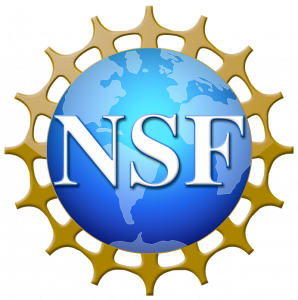About the Authors
David M. Hata received his B.S. in Electrical Engineering from Washington State University and M.S. in Electrical Engineering from University of Washington. He has 32 years of experience teaching Electronic Engineering Technology and Microelectronics Technology at Portland Community College (PCC) in Oregon. He has taught technician-level courses on vacuum and plasma technology, authored Introduction to Vacuum Technology, published by Pearson Prentice Hall in 2008, and implemented a vacuum/plasma teaching laboratory at PCC. Although he is retired from teaching, he continues to impact technician education as a consultant and external evaluator for NSF ATE projects at community colleges around the country.
Elena V. Brewer, PhD., received her B.S. in Physics from Irkutsk State University and PhD in Physics from the University at Buffalo. She has over 20 years of experience teaching Electrical Engineering Technology, Nanotechnology, Renewable Energy and Physics courses at SUNY Erie Community College (SUNY ECC), as well as Physics at the University at Buffalo. She has substantial experience in program/course development at SUNY ECC and was instrumental in starting the Nanotechnology program at this institution.
Nancy J. Louwagie received her B.S. in Electrical and Electronics Engineering from North Dakota State University and M.S. in Electrical Engineering from the University of Minnesota. She has 18 years of industry experience and over 15 years of teaching Engineering Technology and Vacuum Technology courses at Normandale Community College. She is currently the Chair of the Engineering Technology Programs Department at Normandale. She served as the co-Principal Investigator (co-PI) on the NSF-ATE DUE #1400406 project and subsequently as the PI on NSF-ATE DUE #1700624 project. These projects focused on revisions to the core vacuum technology courses in Normandale’s Vacuum and Thin Film Technology program so that vacuum technology classes could be delivered in a telepresence classroom venue and offered to students who attend and participate in these classes at remote locations.

This work is supported by the National Science Foundation under grant number 2000454. Any opinions, findings, and conclusions or recommendations expressed in this e-book are those of the authors and do not necessarily reflect the views of the National Science Foundation.

